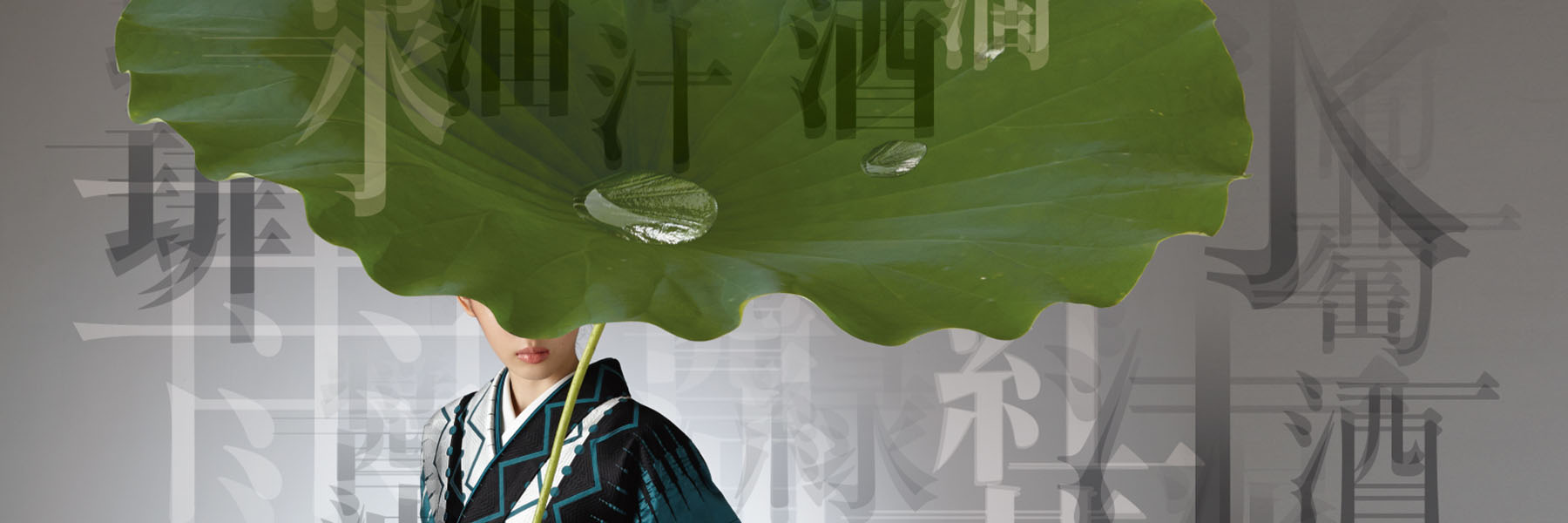令和元年 葵祭
皆さん こんにちは
5月も中旬を過ぎ、京都でも暑い日が続くようになってきました。
そんな中、京都市内では5月15日に京都三大祭の葵祭が開催されました。
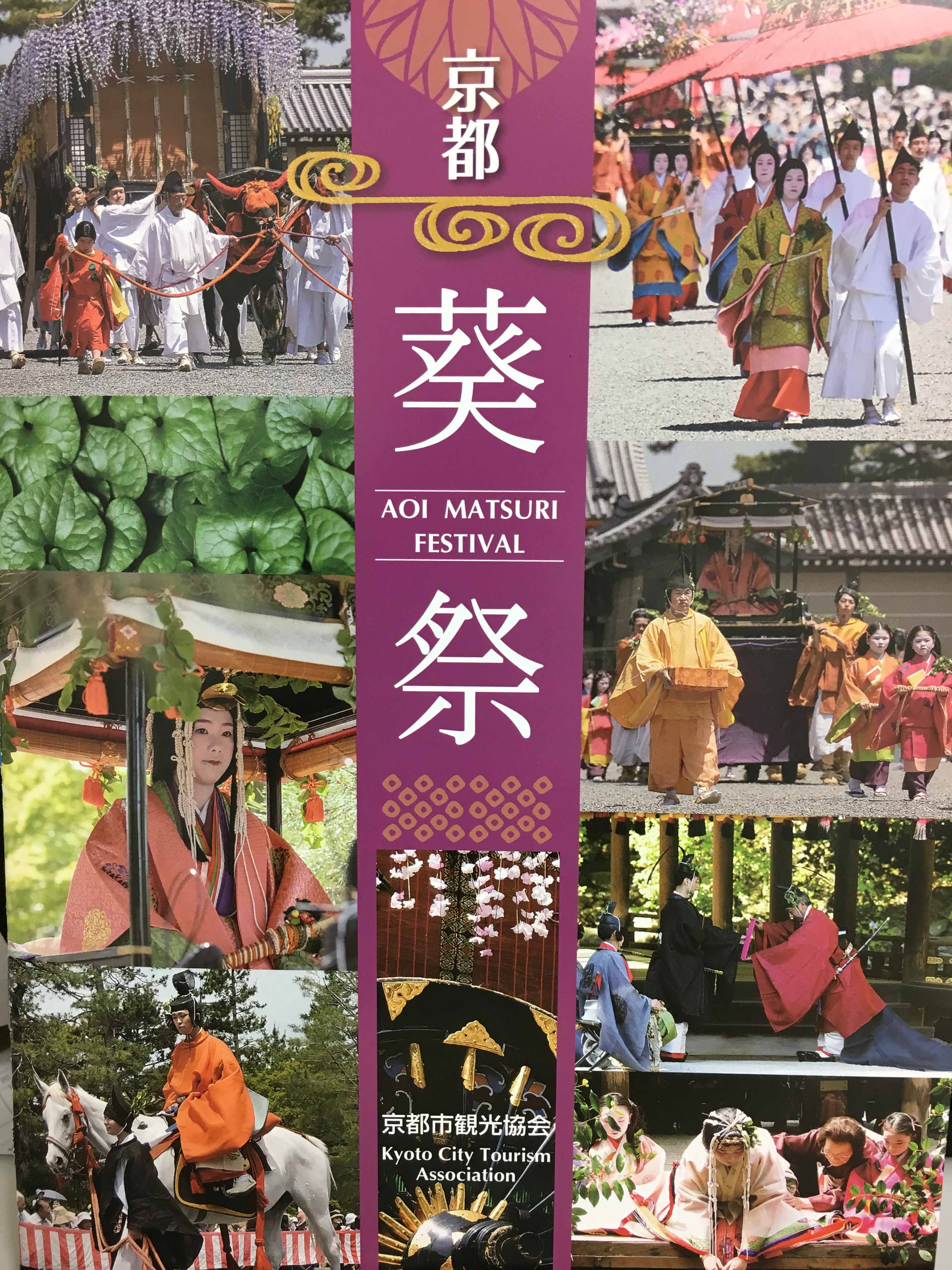
パールトーンでは着物だけではなく、こういった伝統文化系のものやお祭り関係のものも天候の急変等でダメージを負わないようにこれまでに多数加工実績が三大祭をはじめ他にもございます。
今回の葵祭につきましても一部衣裳を加工させていただいており、京都御所 建礼門前の観覧席のチケットがございましたのでお伺いしてきました。
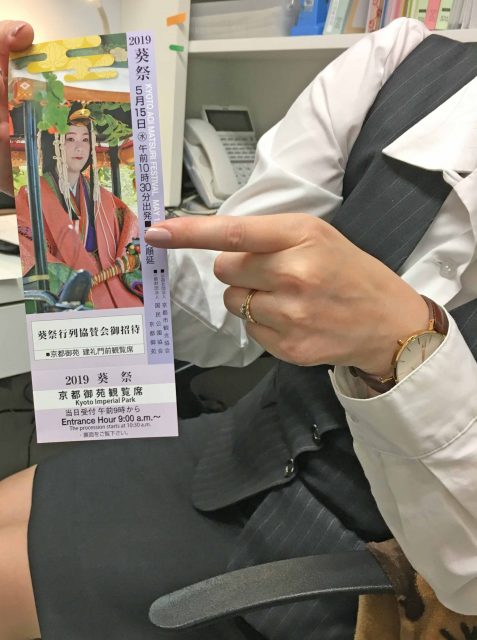
10時半出発ということで10時前くらいに到着し、スタンバイしていたのですが、日差しがあり、暑かったのですが、風もあったのでよかったです。
そうこうしているうちに行列が進みはじめました。
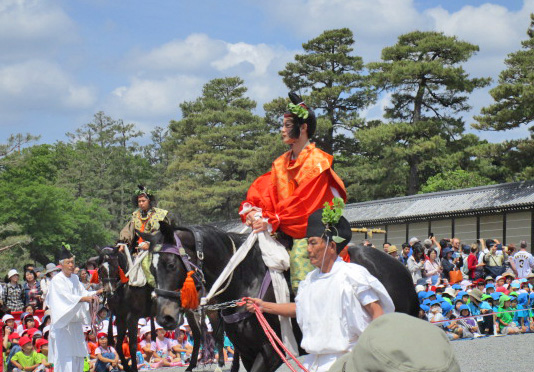 本列の乗尻(のりじり)から行列はスタートします。
本列の乗尻(のりじり)から行列はスタートします。
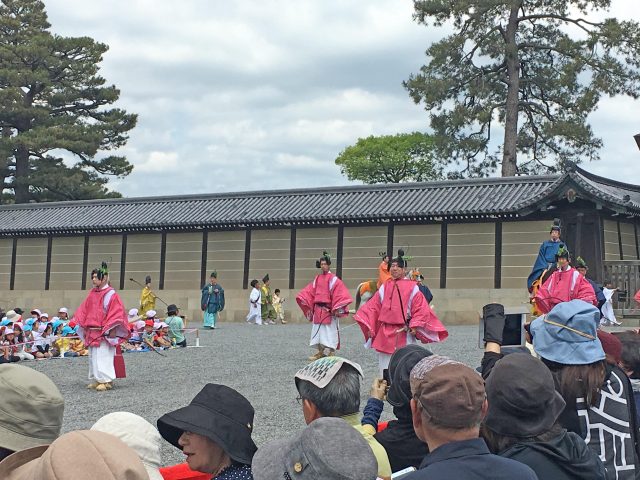 看督長(かどのおさ)今でいう巡査らしいのですが、ピンクがとても鮮やかです。
看督長(かどのおさ)今でいう巡査らしいのですが、ピンクがとても鮮やかです。
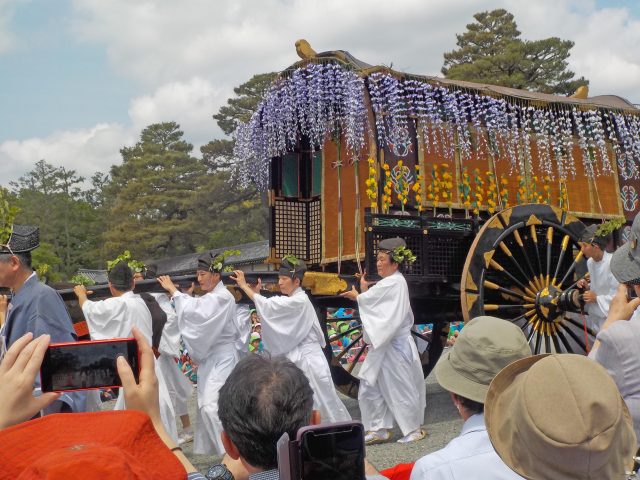 牛車です。着物の柄の御所車です。リアル御所車は車輪の音をたてながら優雅に前を進んでいきました。
牛車です。着物の柄の御所車です。リアル御所車は車輪の音をたてながら優雅に前を進んでいきました。
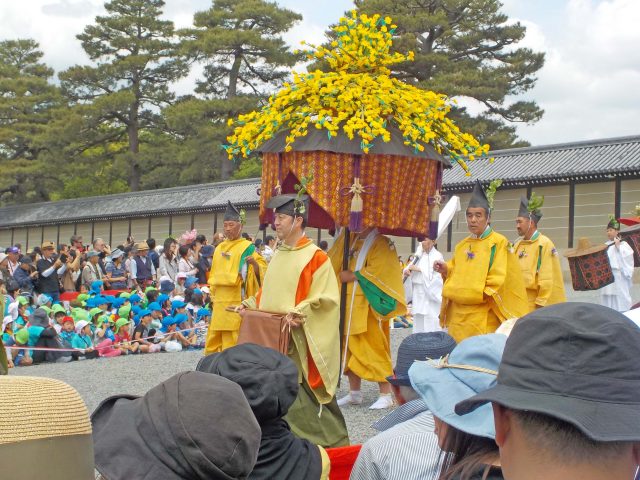 風流傘
風流傘
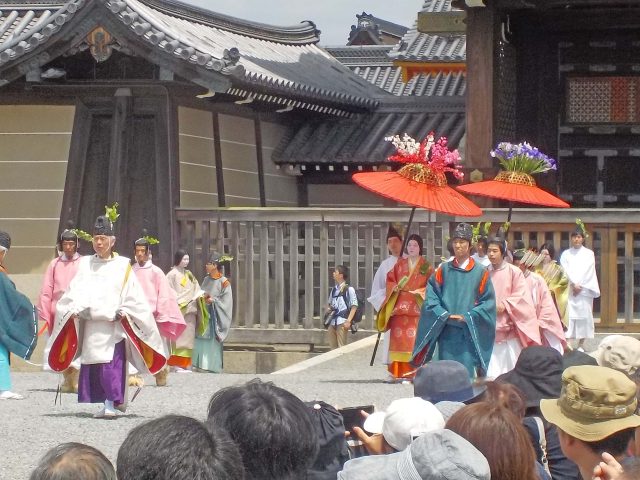
斎王行列は命婦(みょうぶ)からスタートします。
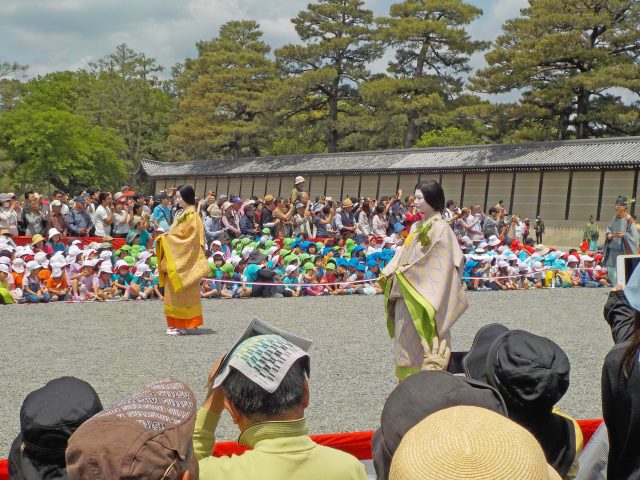
涼しげな表情で進んでおられましたが暑いでしょうね。
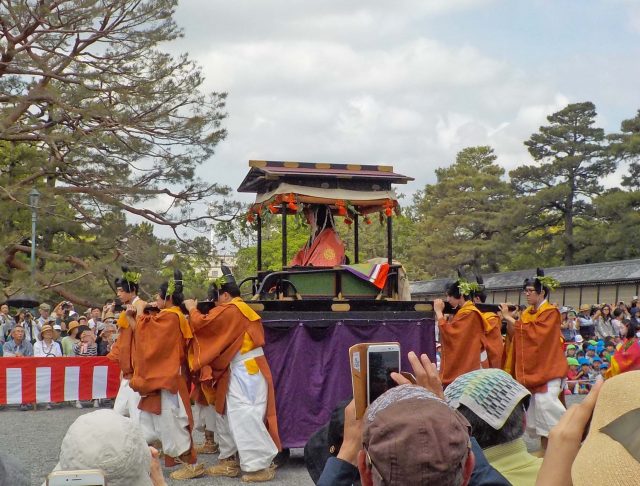 斎王代がさしかかりました。今年の斎王代も才色兼備の方らしいですね。
斎王代がさしかかりました。今年の斎王代も才色兼備の方らしいですね。
十二単衣であでやかに進まれていきました。
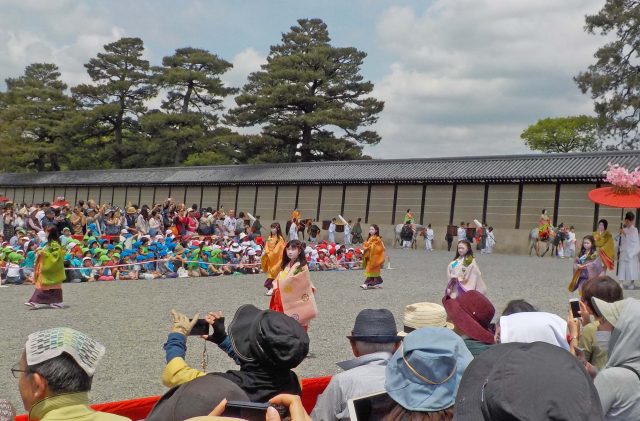
童女たちも雅やかに進んでいきます。
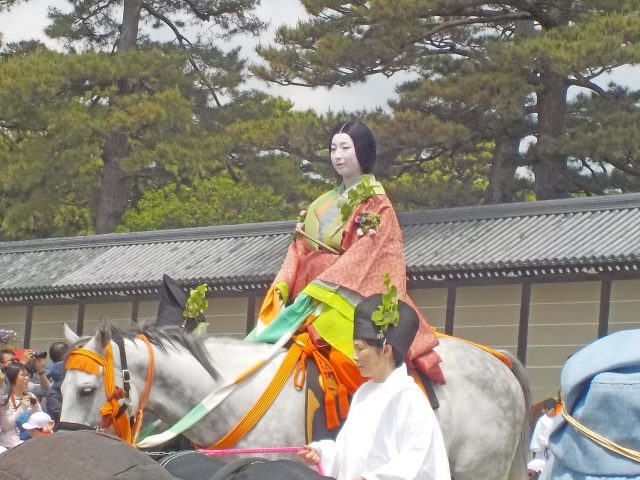 騎女が進んできました。斎王付きの巫女ということで騎馬で参高されるらしいです。
騎女が進んできました。斎王付きの巫女ということで騎馬で参高されるらしいです。
凛とした雰囲気で進まれていかれました。
御所を出た行列は下鴨神社 上賀茂神社へ進みます。
我々はここで帰ってしまったのですが、翌日の京都新聞を見てみると、
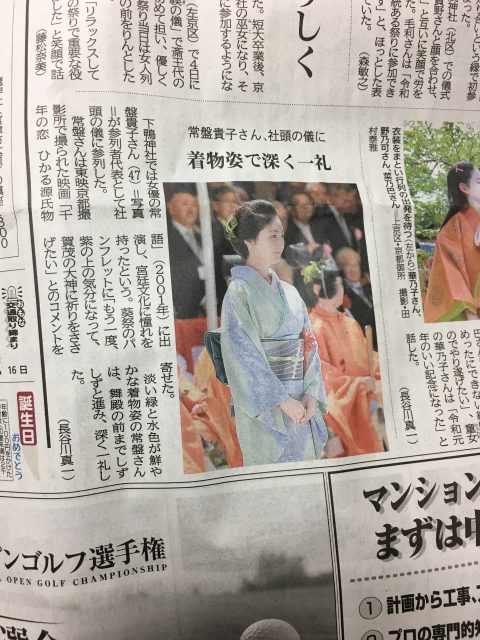 下鴨神社には常盤貴子さんがいらしてたんですね。
下鴨神社には常盤貴子さんがいらしてたんですね。
頑張って行けばよかったと思いました・・・
令和元年の葵祭は天候が崩れることもなく終了して良かったです。
パールトーンは今後も伝統文化保護の一助になれるようにがんばっていきたいと思います。
【葵祭とは】京都市環境協会パンフレットより抜粋
毎年5月15日に行われる葵祭は賀茂御祖神社(下鴨神社)と賀茂別雷神社(上賀茂神社)の例祭で、祇園祭・時代祭とともに京都三大祭に数えられている。
古くは賀茂祭、また北の祭とも称せられ、平安中期の宮廷貴族の間では、単に”まつり”といえば、この葵祭のことであるといわれるほど有名であった。平安時代以来、国家的な行事として行われたことで、我が国の祭の中でも、数少ない王朝風俗の優雅な伝統がしのばれる。
祭の起源は、今から約1400年前欽明天皇(在位539~571)の頃、凶作が続いたため、賀茂皇大神の崇拝者であった卜部伊吉若日子を勅使として、4月中酉の日に馬に鈴をつけ、人に猪頭をかぶらせてこれを走らせ祭礼を行ったところ、風雨はやみ五穀は豊かにみのり国民も安泰になったことに由来する。
嵯峨天皇の弘仁10年(819)には中祀(最も重要な祭礼、伊勢神宮以外では葵祭のみ)に準ぜられ盛観を極めたといわれている。その後時代とともに盛衰があったが、明治17年(1884)旧儀に再興され、祭日も5月15日と定められた。
「賀茂祭」が広く「葵祭」と称せられるようになったのは、江戸時代の元禄7年(1694)の再興以降の事と思われ、路頭の儀(行列)当日に内裏宸殿の御簾をはじめ、御所車、勅使、供奉者の衣冠、牛馬にいたるまで全て葵の羽でかざるところからこの名があるとされる。使用される葵はフタバアオイで、毎年両神社から御所に納められる。
葵祭の祭儀は様々な儀式からなっている。祭の前儀として、3日の流鏑馬神事、4日の斎王代御禊の儀、5日の歩射神事、12日の御影祭などが行われ、祭当日の15日に路頭の儀(行列)、社頭の儀(両神社で神前での儀式)が行われる。
このうち、路頭の儀が最もよく知られており、総勢511名、馬36頭、牛4頭、牛車2基の行列が平安朝貴族そのままの姿で京都市内を練り歩く。京都御所を出発し、賀茂御祖神社(下鴨神社)を経て賀茂別雷神社(上賀茂神社)へと向かう。
行列は、第一列(検非違使・山城使など) 第二列(馬寮使・牛車など) 第三列(舞人・近衛使代など) 第四列(陪従・内蔵使など)からなる本列に、斎王代列が続く。
【AOI MATSURI FESTIVAL】
On May 15 Kamigamo and Shimogamo Jinja Shrines hold their annual festival which is popularly known as Aoi Matsuri,because Aoi leaves (Asarum Caulescens,species of wild ginger) are the keynote of the decoration.
They are found on the court dresses,on the carriage and even on the heads and clothes of the participants.This featival is one of the three big festivals(Aoi,Gion,and Jidai) in kyoto.
It is one of the most solemn and graceful festivals in Japan and it has been well preserved throughout the ages since the 6th century.
From the viewpoint of the history of Japanease manners and customs, it is a very valuable reminder of the past since it has faithfully followed the old customs.
The most attractive feature in this fete is the Imperial Messenger’s Procession consisting of a gorgeous carriage pulled by an oX, flowered umbrellas,courtiers and court ladies in traditional costumes which revive the noble court life in the Heian period(794-1185).
Origin
The festival is of remote origin. In the reign of the Emperor Kinmei ( the 6th century) people suffered from terrible storms that raged throughout the country. After the Emperor practiced a divination, he found that the deities of Kamo shrines had been angry at people’s ingratitude and impiety and that caused the disaster. So the Emperor sent his messenger to the shrines to pay homage to the deities and performed the solemn rites at the shrines. Then the deities were pacified and the storms calmed down. People were able to reap bountiful harvests.
Since then the custom was handed down from generation to generation to the Heian period, when the fete came to attain its present magnificence and color.
Functions
The fete consists of two rituals: Roto-no-Gi (Procession) and Shato-no-Gi ( The ritual held on the shrine premises )
The procession is most popular for its splendor which includes 511 people ,36 horses, 4oxen and 2 Gissha (carriages). The procession runs 1 kilometer from front to back. Since old times the people of Kyoto have swarmed by the thousands along its routes and have enjoyed themselves watching the elegant procession.

